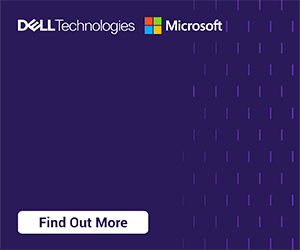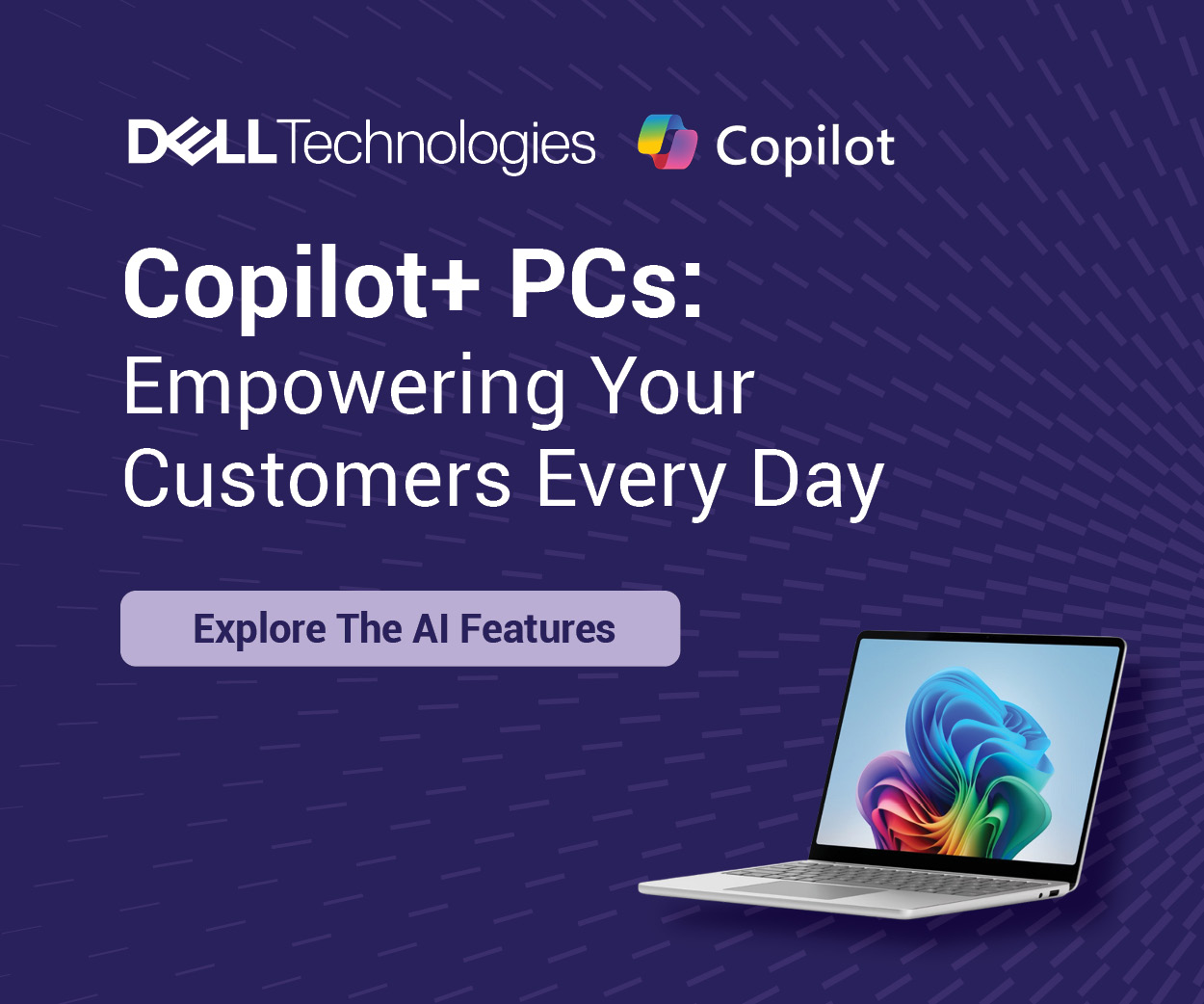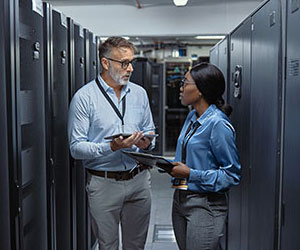As the digital economy marches forward, data centers have grown larger, more complex, and now consume vast amounts of energy to process the zettabytes of data that are generated. This, of course, introduces risks to the environment, which includes contributing to the growing GHG emissions problem. As such, customers want to mitigate their contribution in this regard, as it not only helps boost their company’s reputation but also enhances operations and improves financial performance.
With Dell, your customers can take steps to modernize their infrastructure to increase energy efficiency and minimize their carbon footprint in the data center to reduce their impact as much as possible, because even if they are using renewable energy, waste is still waste.
A comprehensive approach to sustainable IT
Dell’s sustainability focus is based on three strategic approaches:
· Accelerate the circular economy
· Protect the planet
· Champion the people who build these products
A good example are the recent innovations that have been incorporated into Dell’s PowerEdge portfolio.
Dell believes that no electronic device should go to waste. With that mindset, the company made sure that when it was designing its PowerEdge servers, all parts could be repaired, replaced, or easily recycled at the end of life. The following are the core components of this ideology:
· Efficient design and ease of disassembly
· Minimal glues and adhesives
· Limited use of paints and coatings
· Circular materials
What makes PowerEdge Servers the sustainable approach?
Let’s take a closer look:
Sustainable materials: Dell Technologies is a world leader in using resources in a way that protects the planet – from recycling the plastic in old electronics for new computers to turning ocean-bound plastics into recyclable packaging. The company is also exploring recycled steel and sourcing more closed-loop material from products returned via Dell Trade Ins. Dell’s latest PowerEdge products contain up to 35% recycled plastic.¹ Dell is also on track to meet its goal of having the packaging made from 100% recycled or renewable materials by 2030.
Thermal design and cooling: Multi-vector cooling (MVC) is Dell’s advanced thermal design that streamlines the airflow pathways within the server, directing the appropriate volume of air to where it is needed inside the chassis , Dell also offers direct liquid cooling (DLC) as a higher performance cooling solution for managing CPU temperature while also enabling higher performance than air cooling and better reliability. Implementing DLC can help reduce your customer’s carbon footprint by decreasing data center energy and cooling needs. Even the design of some of the internal components, like the T-shaped layout of the motherboards in the PowerEdge R650 and R750, allows for improved airflow balancing and system cooling,
Power efficiency and infrastructure consolidation: Since 2013, Dell has reduced energy intensity by 83%² in its PowerEdge products through engineering advancements. In its latest generation of servers, Dell has increased its energy efficiency by 29% from the previous one.³ What’s more, the company has reduced the amount of hardware needed to meet an organization’s needs. In 2013, it took six servers to do what is possible with just one server today.
Worth noting, 95% of the systems are refurbished and resold, thus starting a second life. The remaining 5% of systems are recycled in accordance with local regulations (e.g., EPA in the US, WEEE in Europe and NTCRS in Australia).4
Help your customers help the environment
Thanks to this impressive series of innovations, Dell’s sustainable hardware solutions enable you to create more efficient data centers for your customers that require a smaller footprint, use less energy, limit the destructive extraction of natural resources, and support organizations on their sustainability journeys.
For more ESG Partner Facing ESG resources visit here
1 Based on Dell analysis of publicly available data, October 2019.
2 Based on Dell analysis of publicly available data, February 2021.
3 Based on Dell analysis of publicly available data, February 2021.













